FCC Declines Requests to Alter Rural Broadband Subsidy
Providers had asked for several changes, including to how the agency determined the presence of unsubsidized competitors.
Jake Neenan
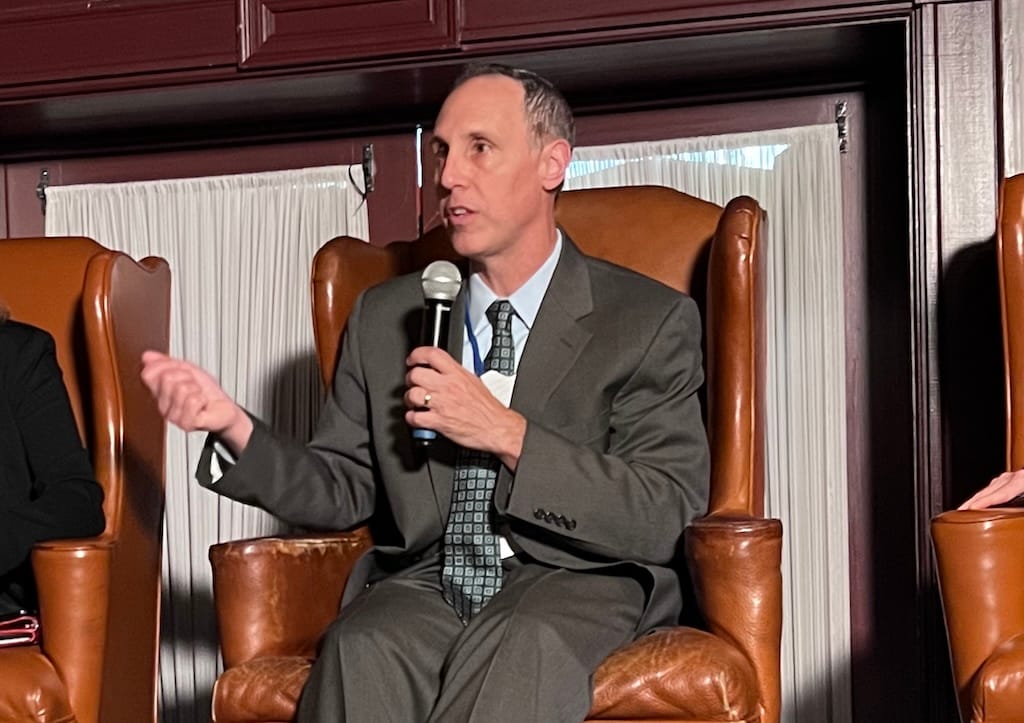
WASHINGTON, April 8, 2025 – The Federal Communications Commission declined on Friday to change the way it was structuring broadband subsidies, turning back an effort from rural broadband providers.
The petitions for reconsideration that were denied included requests to extend deployment deadlines, and also to change how the FCC measures the presence of unsubsidized competitors.
The agency’s Enhanced ACAM program subsidizes the construction and maintenance of rural broadband through the agency’s Universal Service Fund, to the tune of $18 billion through 2038. It was set up in 2023 as a successor to the Alternative Connect America Cost Model, and is expected to fund broadband for about 2 million homes and businesses.
NTCA, the rural broadband association, had asked the FCC to be more stringent in determining the presence of an unsubsidized competitor – the program offers less per-location support for areas where another ISP is offering service without government assistance.
The group argued in part that some providers could be using equipment paid for with other FCC subsidies to offer service outside of the planned footprints for those programs and into some Enhanced ACAM providers’ areas, thus lowering their allocations.
“For example, there may be cases in which a recipient of Rural Digital Opportunity Fund support deploys antennas that not only provide service within the ‘price cap’ area for which such support was awarded but also bleed over into areas that may be subject to enhanced A-CAM support,” Michael Romano, the group’s executive vice president, wrote in a petition for reconsideration.
“That competitor does use high-cost support in providing that service, and thus would not qualify as an unsubsidized competitor.”
It’s something a few ISPs raised repeatedly, but the agency ultimately wasn’t convinced.
“We have not seen any evidence that RDOF or CAF II support recipients are using their awarded support to cross-subsidize their provision of support in areas outside of their awarded support area in a manner inconsistent with the Commission’s rules,” the agency wrote in its order.
Changing the framework from the current system, checking whether a given location was specifically funded by another subsidy, “would be unworkable and an inefficient use of limited Commission resources,” the agency wrote.
The FCC declined to require expedited coverage challenge resolutions, and to require more detailed filings from providers marked as unsubsidized competitors.
Participants had also asked to extend deployment deadlines, which the agency also declined to do. Enhanced ACAM recipients must deploy service to 50 percent of their locations by the end of 2026, 75 percent by the end of 2027, and 100 percent by the end of 2028, and the agency has the option of granting a one-year extension of the final deadline.
The agency also denied a petition from island towns in Michigan requesting Enhanced ACAM providers be required to deploy fiber, and a request to allocate additional funding to another subsidy program.
The FCC’s Universal Service Fund, which funds Enhanced ACAM and other programs, is being attacked as unconstitutional in court. The Supreme Court heard arguments in the case last month, and is expected to issue a decision later this year.
Final location count
The FCC’s broadband coverage map is continually changing as providers submit data collection filings twice per year. As a result, the counts of serviceable locations in each Enhanced ACAM participant’s service area has likely changed since allocations were made.
When the program was stood up, the agency said it would determine by the end of 2025 the final list of locations each participant would be obligated to serve, and adjust support accordingly. If the final location count for a given provider drops below 95 percent of its original tally, the provider would receive less money.
A group of rural providers urged the agency to calculate any reductions in support based on the decrease in locations beyond the 95 percent threshold, rather than based on their entire decrease.
“Doing so would be consistent with the approach the Wireline Bureau recently adopted for reducing support to Rural Digital Opportunity Fund (RDOF) support recipients,” they wrote in an ex parte filing.
The agency said in its order declining the other petitions that coverage data as of December 31, 2023, and any successful challenges to that coverage filed August 1, 2024, to determine the final lists of locations. It set a May 15 deadline for processing those challenges, which the order said staff were on track to meet.



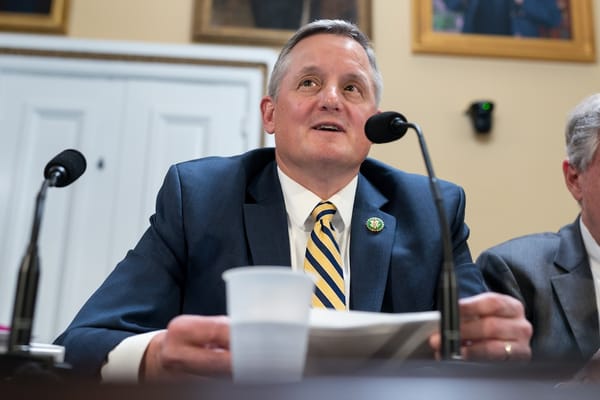
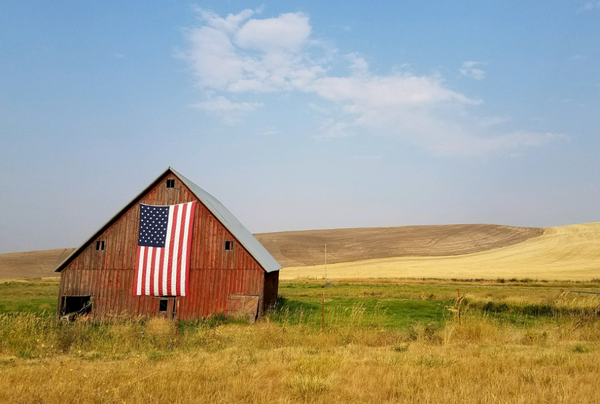
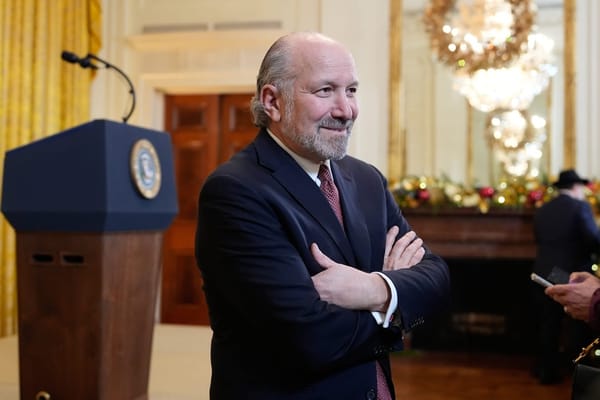
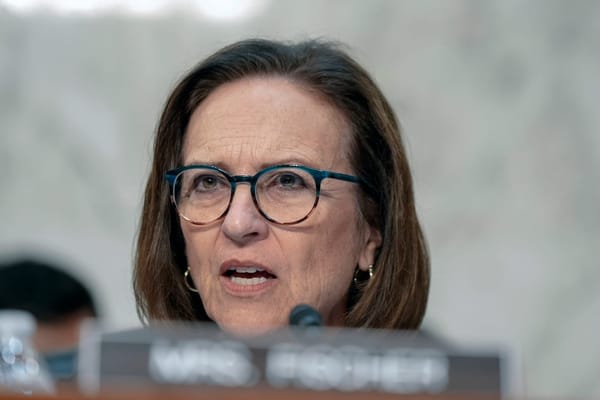
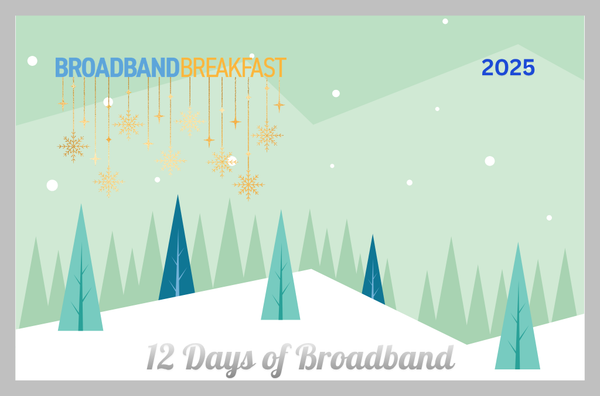


Member discussion